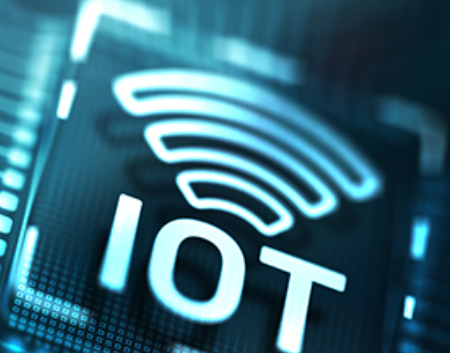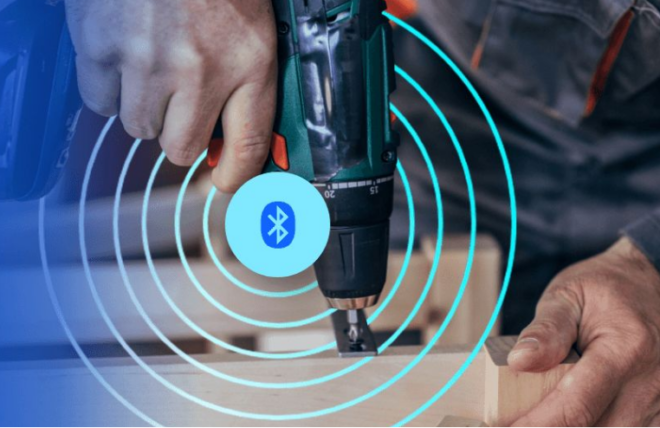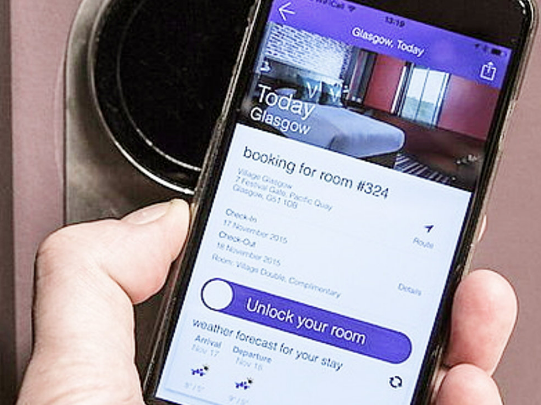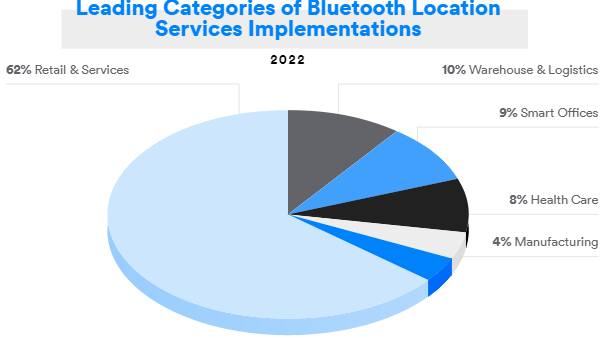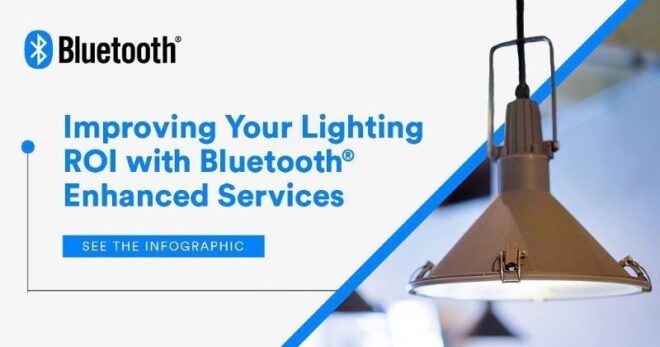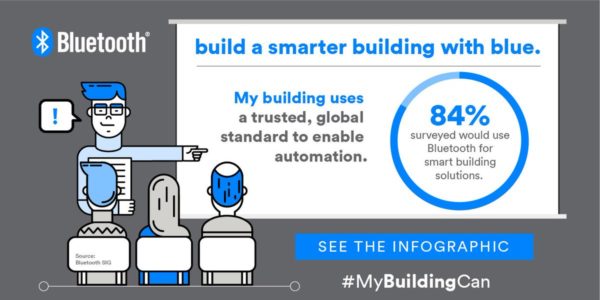It is a common misunderstanding to think that the Bluetooth® Location Services offering is only one column in a comparison table. Bluetooth technology offers different location methodologies, and it enables location-based solutions all the way from simple presence detection to reliable centimeter-level positioning and every degree of accuracy in between. Furthermore, the standard’s global adoption and mass-market economies of scale offer a powerful advantage over other positioning technologies. As system developers and solution providers, we need to be able to articulate these benefits clearly to our customers and to the entire industry.
What Does Flexibility Really Mean?
At Quuppa, we use Bluetooth® technology to develop indoor location platforms and services for a wide range of use cases. Our location engine is designed to provide reliable, real-time location information with sub-meter accuracy (down to 10 cm) and very low latencies (down to 150 ms), and it is proven to perform reliably in harsh conditions like a metallic environment. For example, Quuppa is used both in industrial manufacturing as well as in about 90 ice hockey arenas across four professional leagues, and we track everything moving on the ice: players, puck, and referees. The Bluetooth® radio allows us to run our systems, targeting at meeting different accuracy levels (presence, proximity, and high accuracy) depending on the project and customer requirements. Furthermore, most of the Bluetooth radios allow for vendor-specific implementation, making the overall system able to operate optimally across different vertical markets, including reflective and multipath-prone environments. The Quuppa core value offering is in how we package the whole Bluetooth Direction Finding technology, powering it up with what we call the Quuppa Positioning Suite.
Flexibility is a somewhat general term that gets thrown around a lot when discussing real-time location systems (RTLS). After all, who wouldn’t want to build on a technology that was as flexible as possible and could adapt to meet all of their needs? However, sometimes it’s good to stop and think about what we actually mean with terms such as these.
Featured On-Demand Webinar
The Myths & Facts about Bluetooth® Technology as a Positioning Radio
Watch this detailed discussion into the challenges and opportunities in front of indoor location services systems and how to tap into their potential in manufacturing, logistics, retail, offices, and more.
Flexibility Links to Versatility
Bluetooth® technology has already been proven to be the technology of choice for location solution providers. Likewise, we developed a part of our current offering, leveraging the many benefits given by Bluetooth technology. We have spent a lot of time thinking about what flexibility specifically means for us as well as for our customers and business partners. In our in-house vocabulary, flexibility is strongly linked to versatility. When we first started building positioning systems many years ago (still in the Nokia era of the early 2000s), we conducted a SWOT analysis of the various technologies, many of which are still used today for positioning, such as lighting, audio, cellular, Wi-Fi, UWB, and inertial sensors. Our aim was to find the most flexible and versatile platform on which to build a highly scalable system.
Bluetooth technology came out on top because of the cost element as well as its global adoption and interoperability across billions of devices, in some cases also allowing retrofitting new functionality via a simple software update. Thanks to Bluetooth technology’s huge economies of scale, it’s possible to source hardware components at much lower prices than for other technologies, which, of course, translates directly into the cost of the final product and ultimately into value for the end customer. Furthermore, the massive range of readily available Bluetooth components offers tremendous scope for designing solutions for just about any usage scenario and product. These solutions can be truly globally adoptable since they all operate on the worldwide 2.4 GHz ISM band.
Note that Bluetooth technology is in continuous evolution, especially for Bluetooth Location Services. The first version of Bluetooth Location Services came up around 2010 with the introduction of Bluetooth beacons which enabled locating moving objects by using power measurements (RSSI); this could be seen as Bluetooth Location Services Release 1.0. Today, with the introduction of Bluetooth Direction Finding (part of Bluetooth Core Specification version 5.1), Bluetooth technology has opened the door to vendors to implement more accurate and reliable location service offerings, which we could call Bluetooth Location Services Release 2.0. For more information, also see: https://www.quuppa.com/bluetooth-direction-finding-going-beyond-beacons/.
Location in Everyone’s Pocket
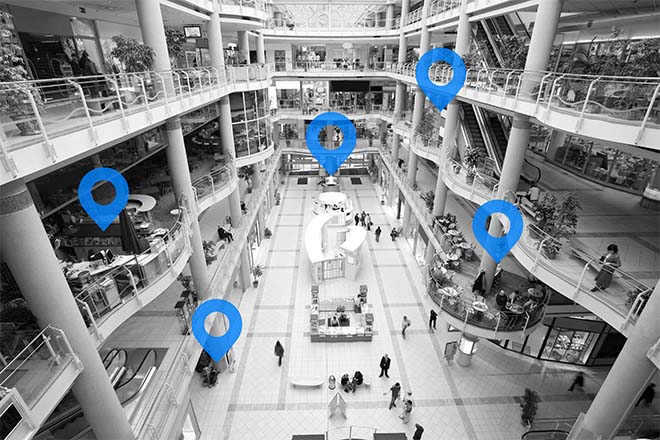
Another factor in the flexibility of Bluetooth® technology is simply that so many different kinds of devices already have it. With four billion Bluetooth devices shipped in 2020 alone, and an estimated compound annual growth rate of ten percent over the next five years, no other technology comes even close to Bluetooth technology’s market penetration. In these billions of devices, new location functionality can often be added with a simple software or firmware update.
Contrast this with the task of modifying a hardware design to add new radio technology to a device in production. At best, you will need months, if not years, of design, planning, and certification. And for mass-market products, the reality is that adding even a small incremental expense to the manufacturing cost per unit may wreak havoc on the profit margin of the final product.
While on the topic of radio technology, it’s worth keeping in mind the true worldwide nature of the Bluetooth standard. With globally allocated radio channels, you can be certain that your device can be sold and used in any country. With other technologies, this is not a given, as you will likely need to create different product versions depending on the local radio spectrum licensing and/or skip going to market in certain regions altogether. Which scenario would you prefer?
Any Level of Precision
Finally, one of the great advantages of Bluetooth® technology is the way it enables real-time location with any degree of precision without compromising high-accuracy reliability. It can be used for simple present/not present monitoring of an asset or device, extreme positioning accuracy down to the centimeter level, or intermediate presence positioning that indicates the approximate location of whatever is being tracked. Furthermore, leveraging Bluetooth Direction Finding methodology and advanced vendor-specific implementations, Bluetooth based location systems can measure radio multipath propagation and provide high-accuracy positioning.
By comparison, other technologies only allow a limited range of granularity, effectively limiting the flexibility of the overall solution. Bluetooth technology really offers the best of both worlds.
Why Bluetooth Technology?
So, to summarize, when we need to explain whether Bluetooth® technology’s flexibility is based on its economy, global adoption, or range of positioning options, the answer is all of the above. Flexibility runs across several different dimensions, which is why we chose Bluetooth technology for our own solutions after a careful analysis. With Bluetooth technology, we can build versatile, cost-effective products that have all the attributes needed to conquer the market.
Bluetooth Location Services have evolved over the years, and today they offer a variety of options, from the super cost-effective proximity solution (RSSI based) to the high-accuracy, scalable, and reliable version springing out of the latest Bluetooth Direction Finding. Furthermore, in the near future, we will see the new Bluetooth ranging capability (high-accuracy distance measurement) coming to the market. So, if someone is describing the accuracy of Bluetooth Location Services, they should also be clear about which implementation they are talking about, as these are really not the same at all.
![]()
ON-DEMAND WEBINAR
The Myths & Facts about Bluetooth® Technology as a Positioning Radio
Watch this detailed discussion into the challenges and opportunities in front of indoor location services systems and how to tap into their potential in manufacturing, logistics, retail, offices, and more.








